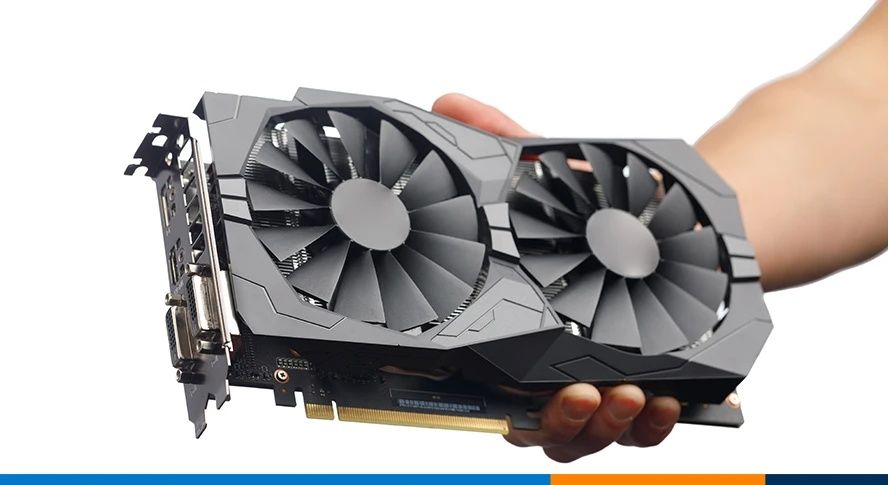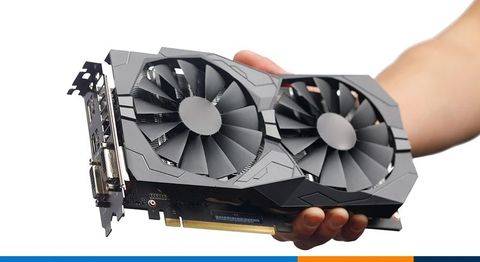PC Graphics Card Overview: Key Facts, Details, and Expert Advice
A graphics card, also known as a GPU (Graphics Processing Unit), is a specialized hardware component designed to render images, videos, and animations. While initially developed to enhance visual output for gaming and design applications, graphics cards now play a much broader role. They are essential in artificial intelligence (AI), machine learning, data visualization, and high-performance computing.
The existence of modern GPUs stems from the increasing demand for advanced visual computing. From 3D gaming to professional video editing and virtual reality, users rely on graphics cards to process large amounts of data efficiently.

Why graphics cards are important today
Graphics cards are central to many fields:
-
Gaming: They ensure smooth frame rates, high-resolution rendering, and immersive experiences.
-
AI and Machine Learning: GPUs accelerate neural network training and deep learning tasks far faster than CPUs.
-
Creative Work: Video editing, 3D modeling, and digital animation heavily depend on GPU performance.
-
Engineering and Research: Simulations, CAD applications, and data analysis use GPU acceleration for speed and accuracy.
For consumers, the importance of GPUs is clear: without them, gaming quality drops significantly, AI-driven tools slow down, and professional workflows become inefficient.
Recent updates and market trends
In the past year, the GPU industry has seen notable changes:
-
2024 GPU Launches: NVIDIA introduced its RTX 5000 series in late 2024, focusing on AI-driven rendering and energy efficiency. AMD also expanded its Radeon RX 8000 lineup with improved ray-tracing capabilities.
-
AI Acceleration: The rise of generative AI has pushed GPU demand to record levels, particularly in data centers. As of March 2025, NVIDIA dominates over 75% of the discrete GPU market.
-
Supply Chain Improvements: Unlike the shortages of 2021–2022, the GPU market in 2024–2025 has stabilized, leading to more consistent pricing.
-
Energy Efficiency Regulations: Many manufacturers are now designing GPUs that balance high performance with reduced energy consumption to align with climate goals.
Here’s an illustration of global GPU market share in 2024:
Policies and regulations affecting graphics cards
Graphics cards are influenced by both environmental and trade regulations:
-
Energy Standards: The European Union and states like California have introduced power consumption limits for gaming PCs, indirectly affecting GPU designs.
-
Export Controls: In October 2023, the U.S. government tightened restrictions on exporting advanced GPUs to certain countries due to national security concerns.
-
E-waste Policies: Several regions encourage recycling and safe disposal of old GPUs under electronic waste management programs.
-
Import Duties: Tariffs on electronic components can affect pricing in markets like India and Southeast Asia.
These policies aim to balance technological growth with environmental sustainability and geopolitical considerations.
Tools and resources for exploring graphics cards
Several resources can help consumers and professionals understand and compare GPUs:
-
GPU Benchmarking Websites:
-
PassMark GPU Benchmark – Compare performance scores across different GPUs.
-
UserBenchmark – Community-driven GPU performance comparisons.
-
-
Compatibility Checkers:
-
PCPartPicker – Ensures chosen GPUs are compatible with motherboards and power supplies.
-
-
Driver and Support Tools:
-
NVIDIA GeForce Experience and AMD Adrenalin for updates, optimization, and performance tuning.
-
-
Power Supply Calculators:
-
Tools from Cooler Master or OuterVision help estimate power requirements before purchasing a GPU.
-
These tools provide data-driven insights to make informed decisions rather than relying on brand reputation alone.
Frequently asked questions
What is the difference between integrated and dedicated graphics?
Integrated graphics are built into the CPU and share system memory, suitable for light tasks like web browsing and office work. Dedicated graphics cards have their own memory (VRAM) and deliver significantly better performance for gaming, design, and AI workloads.
How much VRAM do I need in a graphics card?
For casual gaming, 4–6 GB is often enough. High-end gaming, 3D modeling, or 4K video editing typically require 8–16 GB or more. AI and professional workloads may demand 24 GB or higher.
Why are GPUs expensive compared to CPUs?
GPUs contain thousands of smaller processing cores optimized for parallel computing. This complexity, combined with demand from gaming and AI industries, drives higher costs.
Can I use any GPU with my PC?
Compatibility depends on your motherboard, power supply, and case size. Always check PCIe slot availability, PSU wattage, and clearance before purchasing.
Are cloud GPUs an alternative to buying a graphics card?
Yes, many companies now offer GPU rental services in the cloud. This is useful for businesses or researchers who need temporary high-performance computing without upfront hardware investment.
Conclusion
Graphics cards have evolved from being gaming accessories to becoming indispensable components in nearly every digital field. Their importance spans gaming, AI, research, and creative industries. With ongoing innovations, shifting regulations, and increased energy efficiency, GPUs remain at the heart of technological advancement.
Staying updated with recent launches, policy changes, and performance benchmarks allows individuals and organizations to make informed decisions—whether building a personal PC, running complex AI models, or ensuring compliance with global regulations.







